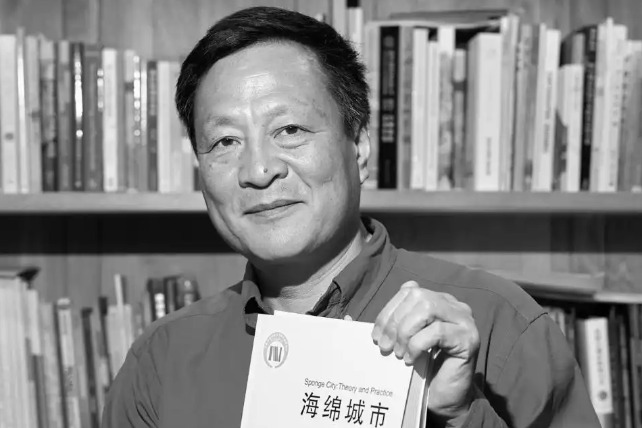Sand prevention and control transform Xinjiang county


Once dominated by sand and barren land, Xayar county in Northwest China's Xinjiang Uygur autonomous region has become home to drought-resistant plants such as populus euphratica and saxaul, thanks to sustained efforts of sand prevention and control, Xinhua News Agency reported.
Located at the northern edge of the Taklimakan Desert, Xayar boasts the world's largest and best-preserved pristine populus euphratica stretching along the Tarim River.
"We have cultivated five types of shrub species, including saxaul, in the Xayar county's demonstration zone for sand prevention and control, and developed ecological cultivation methods for Cistanche deserticola with research institutes," said Wang Kaiyan, deputy director of the Populus Euphratica Protection Center in Xayar county.
"The current annual yield of Cistanche deserticola per mu has reached 300 kilograms, helping over 1,000 local residents find employment and increase their incomes," Wang added.
As a key area in the upper reach of the Tarim River, the county plays a crucial role in the populus euphratica restoration project.
"From 2016 to 2024, the county released 689 million cubic meters of water, irrigating over 3 million mu (about 200,000 hectares) of populus euphratica forest," said Qiang Limin, director of the Center in Xayar.
"This year, we aim to release 71 million cubic meters of water to irrigate 200,000 mu of populus euphratica forest," Qiang said.
Technology also provides strong impetus for the restoration efforts.
Li Zhijun, a professor at the College of Life Science and Technology at Tarim University, has spent over 10 years on populus euphratica seedling research. Through precise water and nutrition control, intelligent management and standardized seedling production systems, Li and her team have shortened the period of seedling cultivation from 2-3 years to around one year.
"We are applying gene editing and synthetic biology technology to develop new varieties with stronger stress resistance and broader ecological adaptability, contributing more scientific solutions to biodiversity protection and ecological security in global arid regions," Li said.
- Half a century of friendship: China's role in shaping Bangladesh's talents
- International Circus Festival brings top performers to Cangzhou
- Tianwen 2 spacecraft halfway to target asteroid
- Vibrant China during holiday: Hitting the road
- International Cartoon and Illustration Exhibition on a Community with a Shared Future for Humanity 2025 Announcement
- Bringing revolutionary history back to life




































